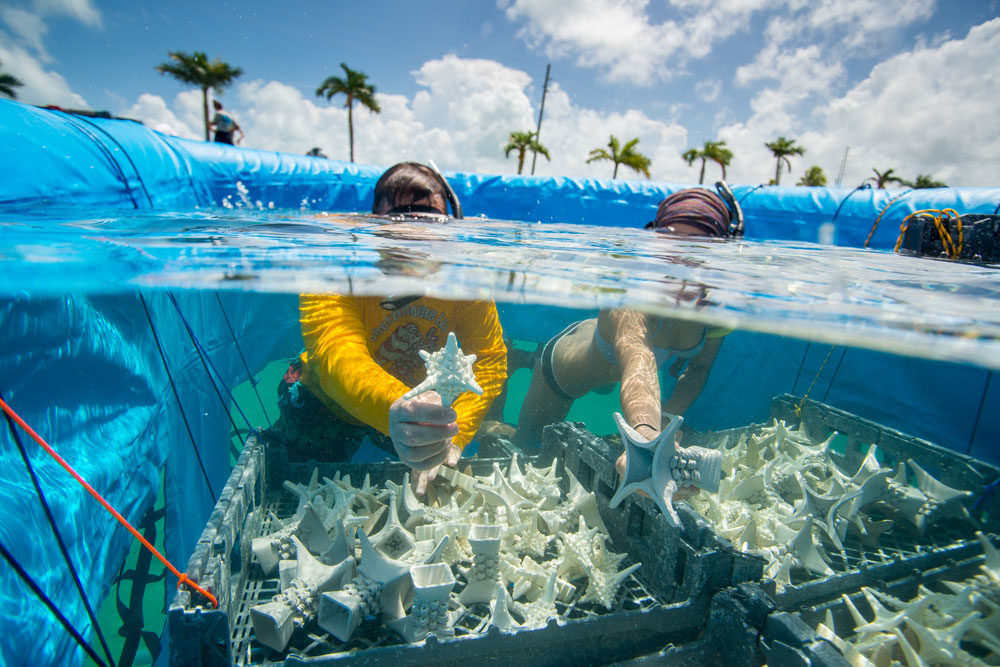
One of the greatest ecological challenges of our time is to prevent the ongoing degradation and potential collapse of the world’s coral reefs. To sustain healthy coral reefs, we need a strategic, coordinated effort that targets breakthroughs in marine science, conservation, and worldwide education. Emerging Objects and SECORE International (SExual COral REproduction), a leading conservation organization for the protection and restoration of coral reefs, in partnership with The California Academy of Sciences, and the Autodesk Foundation, are working together to create a series of ceramic seeding units, which will be used to create habitat for coral larvae.
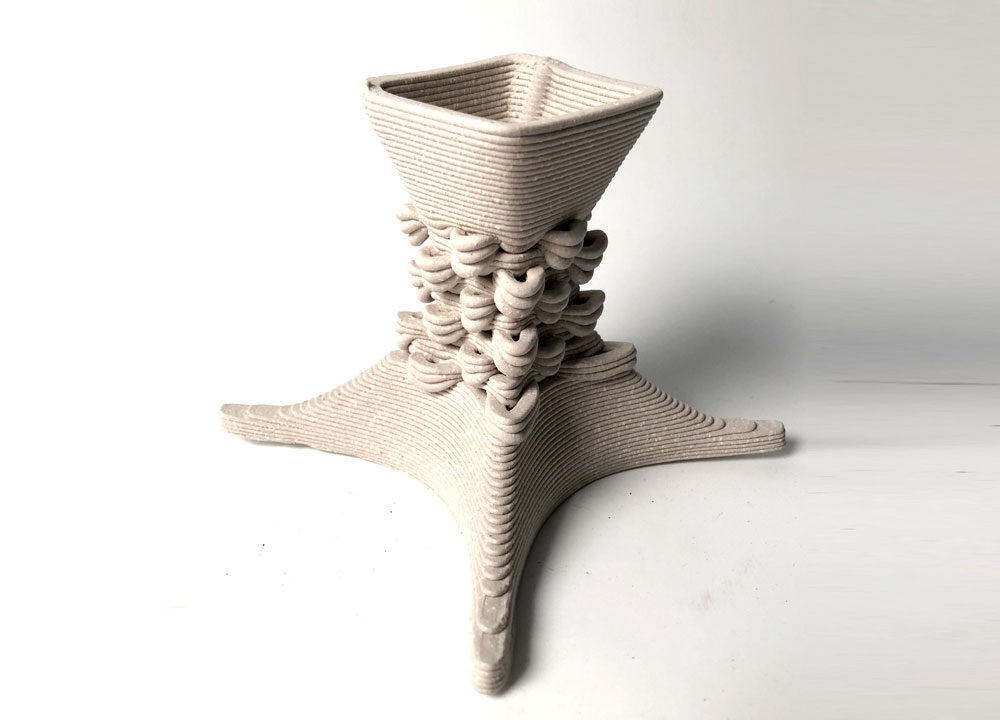
The aim is to restore coral reefs by creating substrates for corals to settle on that do not need to be manually attached to the reef, but rather can be sown, similar to how a farmer would sow seeds in a field. Seeding unit needs to be attractive for coral larvae to settle on, as well as giving them shelter to enhance the otherwise very low natural survival rate of coral settlers in the wild.
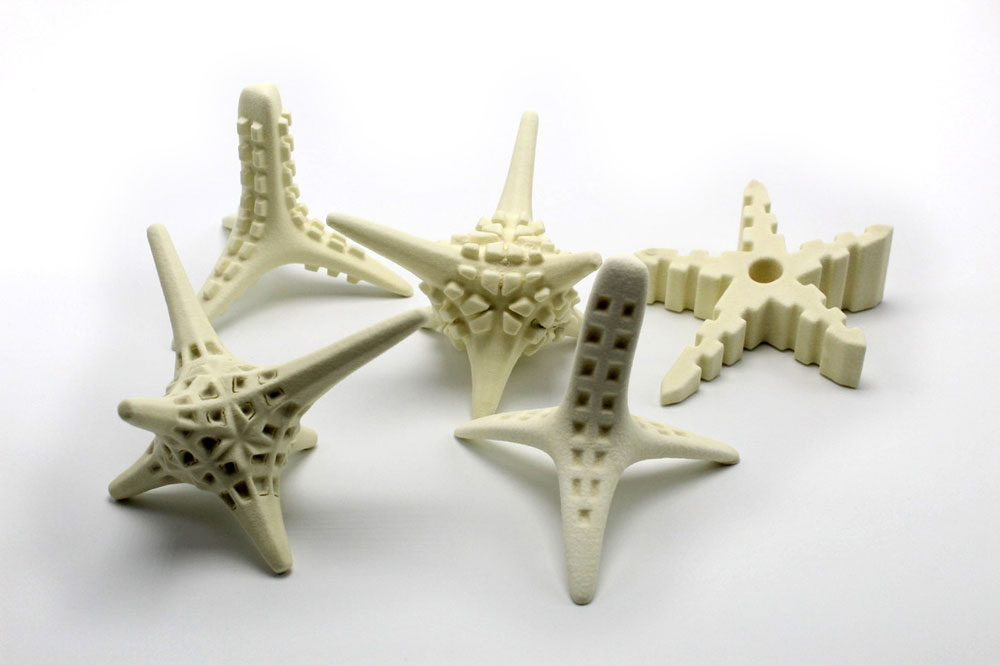
Partnering with The California Academy of Sciences, and the Autodesk Foundation, and in consolation with SECORE scientists, Emerging Objects designed a suite of six new seeding unit prototypes. Emerging Objects then partnered with Boston Ceramics to produce 3,600 3D printed ceramic units total, which are being tested in several locations around the globe including, Guam, Curacao, Barbados, Australia, Mexico.
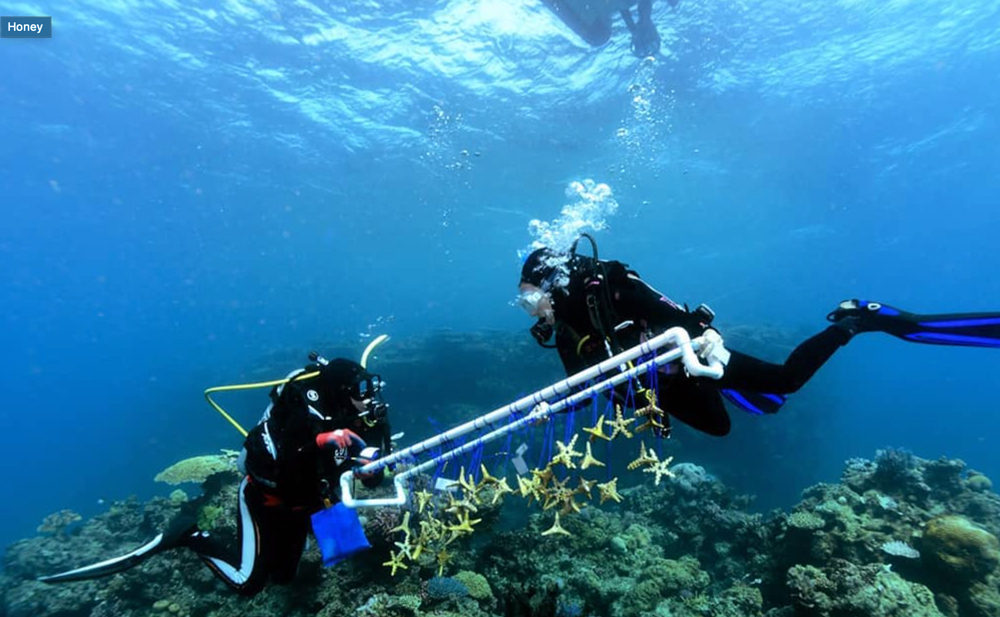
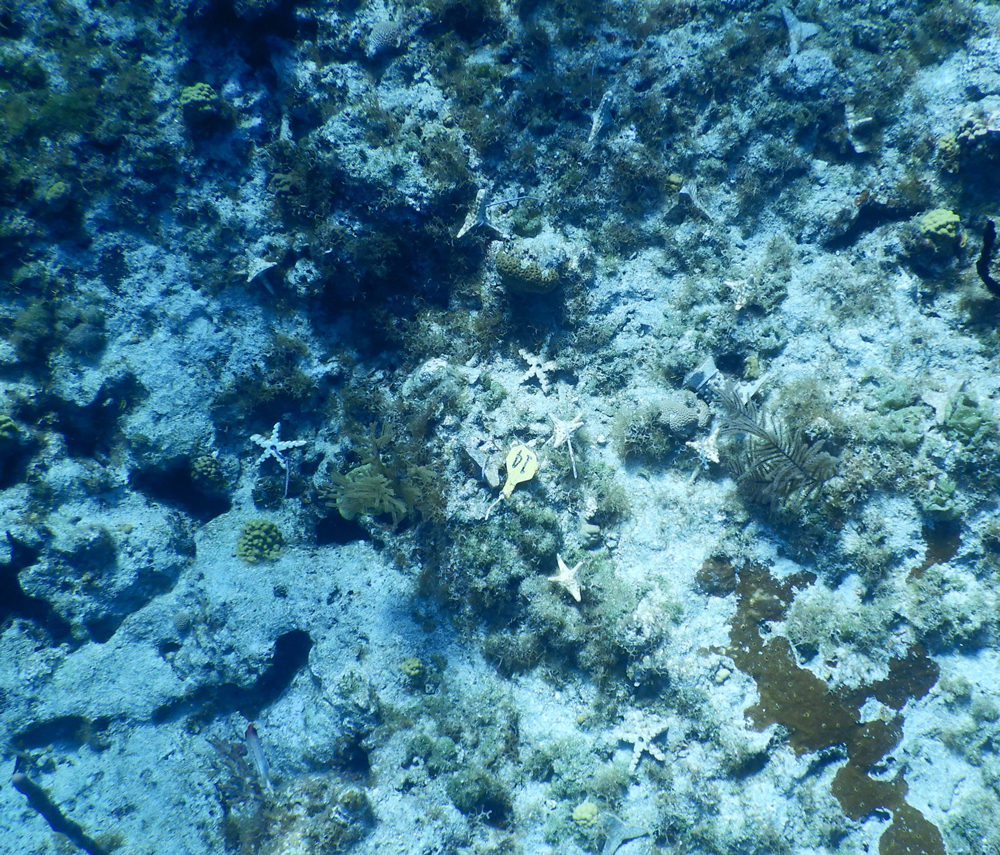
The challenge was to take the lessons learned about shape, surface texture, and material that have been refined in the laboratory, and incorporate them into a set of designs that eventually could be produced on a large scale. Experimentation with various 3d printing techniques suitable for clay allowed for textures to be created that are attractive for corals to settle on, while hampering the growth of competing organisms such as algae. The microhabitat that is created is critical for the success of these units—sheltered spaces that protect corals from predators and grazing and paramount. Additionally, the seeding units have a shape that enables them to self-attach to the reef by wedging into crevices and holes. 3D Printing allowed for the substrates to be able to be manufactured in large quantities at a low price. These innovations are a major step towards overcoming the fundamental limiting variable in coral reef restoration: the time and labor associated with manually planting individual corals on a reef. These are game-changing advances in coral restoration that will expand the diversity of coral species and habitats we are able to actively restore.
Year: 2018
Location: Guam, Curacao, Barbados, Australia, Mexico
Project Team: Ronald Rael, Virginia San Fratello, Logman Arja, Sandy Curth
Special Thanks: Aric Bickel, SECORE International; Zoe Bezpalko, Autodesk; Danny Defelici, 3D Potter; The California Academy of Sciences, Ehren Tool, Department of Art Practice, UC Berkeley; and Andrew Jeffrey, Boston Ceramics.
Additional Project Information: The Coral Seeding Units were selected as a winner in the 2019 3D Pioneers Challenge for their “impressive contribution to ocean’s sustainability.” Articles: Restoring Coral Reefs with 3D Printing, Team Effort Uses 3D Printing to Restore Coral Reefs, In Vitro Fertilization Could Be the Key to Coral Reef Conservation,